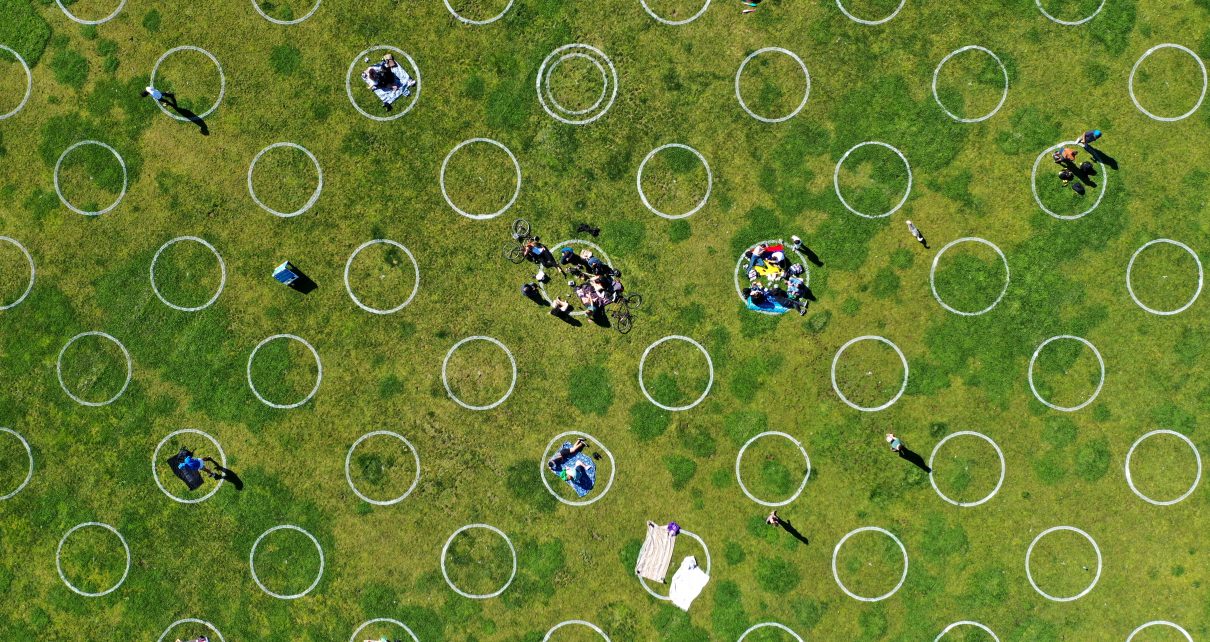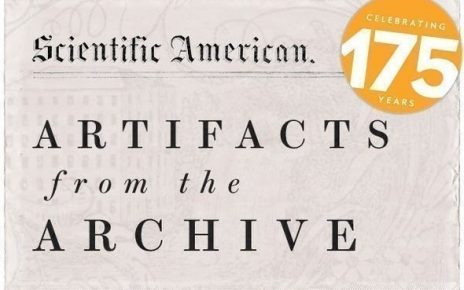In March, as COVID-19 was spreading rapidly, and the lives of Americans were turned upside down, the country was deeply worried about ventilators. There did not seem to be enough of the breathing machines to treat the gravely ill. In response, in April the U.S. government allocated nearly $3 billion to build more than 135,000 ventilators and add them to the Strategic National Stockpile by the end of 2020.
But even if all those extra ventilators had been on hand in the spring, a group of medical experts recently argued in JAMA, the machines would probably not have meaningfully improved survival rates, because once patients were sick enough to need them, many died anyway (although mortality rates for these patients have been revised downward). The authors of the commentary thought, however, that the emphasis on ventilators diverted attention—and money—from promoting public health measures, such as physical distancing, masking and handwashing, that would have saved many more lives if they had been implemented earlier. “That $3 billion was totally, absolutely, unquestionably wasted,” says co-author Scott Halpern of the University of Pennsylvania, who is an intensive care doctor, epidemiologist, behavioral scientist and medical ethicist.
He calls the focus on ventilators a particularly expensive example of “myopic thinking about how to battle this crisis.” In the overwhelming uncertainty that prevailed early on in the pandemic, health and government officials had difficulty setting priorities for treating patients. The potential dearth of the costly breathing equipment sidetracked them from emphasizing more basic solutions.
The thinking that led to the focus on ventilators is not all that surprising, however. It reflects some psychological biases that affect the way all of us—liberals and conservatives, elected officials and their constituents, patients, family members and doctors—determine what is important and the decisions we make as a consequence. Humans tend to prioritize the present over the future, the direct over the indirect. We seek to prevent what is easy to imagine—a death in an emergency room for want of a ventilator—and have a harder time confronting statistical realities such as the exponential transmission of the virus. We also have a strong tendency to predict the most optimistic outcome and therefore to prepare for the best-case scenario rather than the worst one. “The fact that certain politicians do habitually repudiate science does make the situation worse. But the point is that, even absent that, these biases hold tremendous sway,” Halpern says. Without understanding them, it is hard to create good policy and frame effective messaging to the public.
Many of our cognitive biases are the product of thousands of years of human adaptation. Accurate beliefs have frequently mattered less for survival than the ability to cooperate and persuade. Our beliefs also tend to be self-protective. Optimism bias is an apt example. “The power of optimism and hope among family members of patients who are in the ICU is powerful and self-preserving even when those hopes aren’t realized,” Halpern says. “We’ve learned, as ICU doctors, to counsel families to continue to hope for the best but to be prepared for the worst. That seems like the type of guidance and level setting that we needed more of during this pandemic and earlier.”
There are some mental stumbling blocks that contribute to the problem. Dutch political psychologist Joris Lammers of the University of Cologne in Germany had previously been studying responses to climate change, where he recognized people’s inability to grasp the exponential growth of carbon dioxide emissions. In June Lammers and his colleagues published a set of three studies in a paper in the Proceedings of the National Academy of Sciences USA that showed the same problem in the pandemic. The Americans they surveyed expected coronavirus cases to grow linearly and greatly underestimated the potential for exponential growth, which would result in a doubling of cases every few days: from one to two, four, eight, 16, 32, and so on.
The enormity of the resulting difference between linear and exponential growth is evident when you imagine that taking 30 linear steps from your front door gets you across the street while 30 exponential steps takes you around the globe 26 times. With COVID-19, Lammers says, exponential growth “means that if we don’t do anything, and it keeps growing at this pace, [eventually] half the population has it.” An inability to do that reckoning contributed to the fact that in late March, roughly one quarter of Americans opposed a national shutdown or quarantine.
Our cognitive and political biases intersect. “People are more susceptible to biases if they fit their own political narrative,” Lammers says. In one of the studies in his PNAS paper, he found that while both Democrats and Republicans failed to properly consider exponential growth, Republicans —whose leaders were downplaying the seriousness of the pandemic—made the error more often. This result is an example of what social scientists call “motivated reasoning,” our tendency to decide what evidence to accept based on the conclusion we prefer.
Behavioral science has previously shown that personal identity plays a critical role in responses to threats of all sorts. The pandemic is no different. “With respect to some risks—such as those posed by climate change, nuclear power and gun violence—people’s judgments about whether a danger is high or low are deeply influenced by their understanding of the group … to which they belong,” argued Cass Sunstein—co-author of Nudge, a 2008 book about helping people make better choices—in Bloomberg News. To be effective, public health messaging must take those identities into account. As an example, Sunstein cited the hugely successful “Don’t Mess with Texas” antilittering campaign, which spoke to Texans’ swagger more than the problem of trash.
So far the pandemic seems to have only moved an already divided U.S. further apart. With that problem in mind, the Aspen Institute, a nonpartisan think tank focused on the exchange of ideas, has added a module on COVID-19 to its Better Arguments Project, an initiative that encourages Americans to directly engage with their differences. The “tension point” around COVID-19, says Caroline Hopper, associate director of the institute’s program on American identity, “is the balance between freedom and collective responsibility.” To get at the heart of that disagreement, the Better Arguments Project asks people to discuss questions such as: What restrictions on your freedoms are you willing to accept to protect others? What do you expect others to sacrifice for you? What does it look like to be in this together?
“Cognitive bias, like political bias, in a lot of ways, is based on what information we are consuming, what we are relying on, what we are choosing to listen to and ignore,” Hopper says. “In many ways, the systems in our world are set up to perpetuate that and to fulfill what we want to be hearing. [At the Better Arguments Project, we] want people to rely less on assumptions and more on information they are receiving from each other.”
Encouragingly, Lammers found that when exponential growth was explained to participants, they were much more likely to estimate the rise in coronavirus cases more accurately. They were also more likely to support public health measures such as physical distancing and wearing masks. That result suggests a need to improve statistical literacy. “People need to get the skills to understand it,” Lammers says.
Leaders play a critical role in awareness of all of these biases. “If the leader of your party says a certain thing is exaggerated, and it matches this bias, many people are strongly inclined to believe that,” Lammers says. Halpern agrees. “The key to good governance is to recognize untoward influences on decision-making and do whatever it takes to counteract them,” he says.
Halpern’s hope is that our failures to recognize and counter our biases during this pandemic will serve as a lesson that will help us do better going forward. He acknowledges, however, that this expectation may well be a clear example of his own optimism bias.
Read more about the coronavirus outbreak from Scientific American here. And read coverage from our international network of magazines here.




